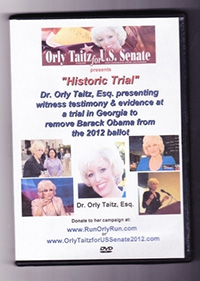The Alien Enemies Act of 1798
Posted on | March 17, 2025 | No Comments
The Alien Enemies Act of 1798, enacted on July 6, 1798, is a U.S. federal law that grants the president broad authority to manage non-citizens deemed “alien enemies” during specific wartime or emergency conditions. It was part of the Alien and Sedition Acts passed during a period of heightened tension with France, known as the Quasi-War. The law remains in effect today, codified as 50 U.S.C. §§ 21-24, though it has been amended since its original passage.
The Act states that it applies “whenever there shall be a declared war between the United States and any foreign nation or government, or any invasion or predatory incursion shall be perpetrated, attempted, or threatened against the territory of the United States by any foreign nation or government.” When such conditions are met and the president issues a public proclamation of the event, the law authorizes the following:
- Scope of Authority: The president may “apprehend, restrain, secure, and remove” all “natives, citizens, denizens, or subjects” of the hostile nation or government who are within the United States and not naturalized. This applies specifically to males aged 14 years and older.
- Presidential Discretion: The president is empowered to direct the conduct toward these individuals, including the “manner and degree of the restraint to which they shall be subject,” the conditions under which they may reside in the U.S. (if permitted), and the removal of those who refuse or neglect to depart when ordered.
- Time for Departure: Non-citizens subject to the Act who are not charged with hostility or crimes against public safety are allowed time to dispose of their goods and effects and depart. This time is determined by any existing treaty with the hostile nation; if no treaty exists, the president may set a “reasonable time” consistent with public safety and humanitarian considerations.
- Implementation: The law assigns marshals the duty to execute presidential or court orders for removal, ensuring aliens are deported from U.S. territory under the president’s warrant or judicial authority.
The Act does not require evidence of individual misconduct or disloyalty—merely the person’s nationality or affiliation with the hostile entity suffices. It also lacks provisions for hearings or appeals, making it a summary process. Historically, it has been invoked during the War of 1812, World War I, and World War II, notably underpinning the internment of Japanese, German, and Italian non-citizens during the latter conflict.
In its original form, the law reflects the late 18th-century context of limited federal infrastructure and fears of foreign espionage, but its broad language and lack of modern procedural safeguards have raised concerns about potential abuse, especially given today’s advanced legal and security systems.
Comments
Leave a Reply












 29839 Sta Margarita Pkwy,
29839 Sta Margarita Pkwy, 
 Videography by Barbara Rosenfeld
Videography by Barbara Rosenfeld 

